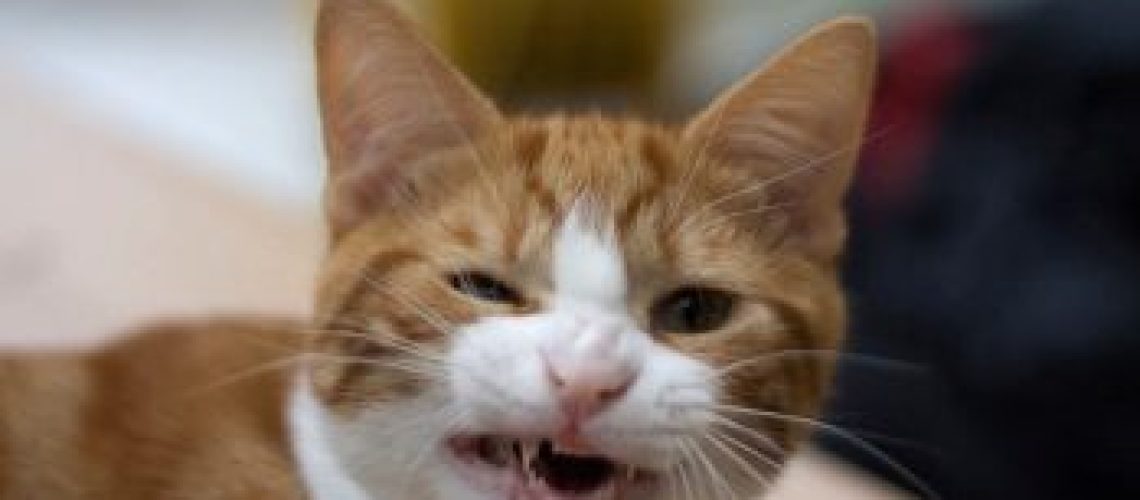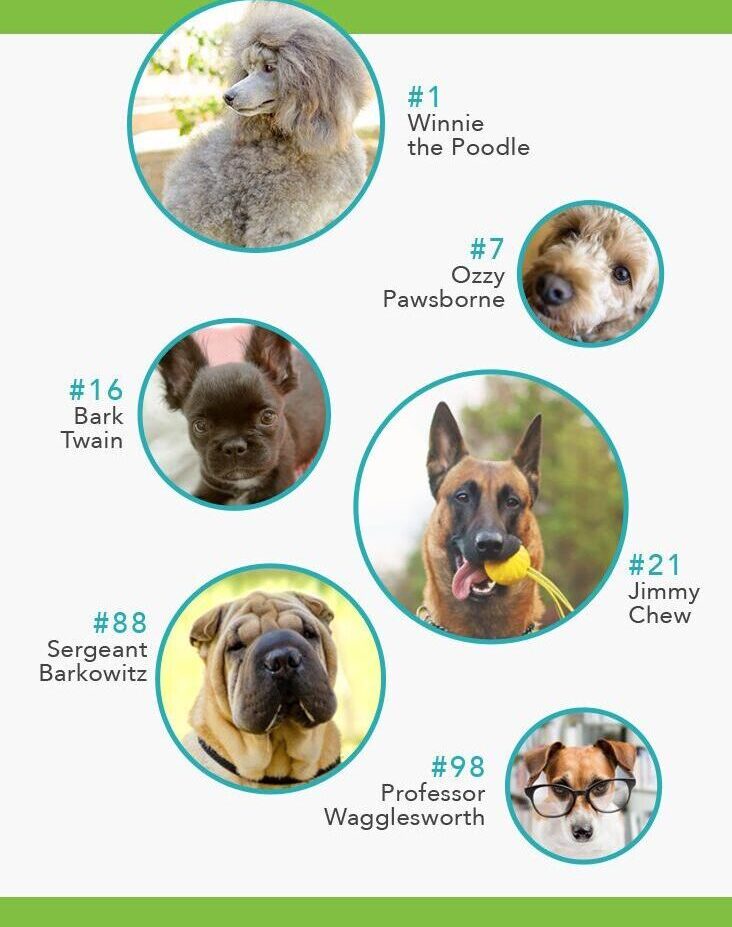Have you ever noticed your cat making a funny face that looks like it's smelling something strange? Well, that hilarious expression is called the Flehmen response, and it's not just for laughs! Understanding why cats make this face can actually give us valuable insights into their behavior and emotions. Whether you're a curious cat owner or an aspiring feline expert, delving into the world of Flehmen can unlock a whole new level of understanding and connection with your furry friend. So, get ready to uncover the secrets behind that comical cat face and discover the hidden language they use to communicate with us. Get ready for some Flehmen fun!
Key Takeaways:
- The Flehmen response is a funny face that cats make by curling back their lips and exposing their teeth.
- This behavior allows cats to get a better sense of smell by directing scents towards an organ called the vomeronasal organ, located in the roof of their mouth.
- Cats often exhibit the Flehmen response when they encounter new or interesting smells, such as pheromones from other animals or unfamiliar scents in their environment.
- While the Flehmen response may look amusing, it is a natural and instinctual behavior for cats, helping them gather important information about their surroundings.
- Understanding and recognizing the Flehmen response can help cat owners better understand their feline companions' behavior and preferences.
What is the funny face that cats make called?
The Flehmen Face
Have you ever noticed your cat making a funny face where it looks like it's sneering or smiling? This peculiar expression is called the Flehmen face. When a cat makes this face, it curls back its lips and exposes its front teeth. It might seem strange, but there's actually a fascinating reason behind this behavior.
The Flehmen face is not just limited to cats; other animals like horses and big cats also exhibit this behavior. However, it is most commonly associated with domestic cats. The word "Flehmen" comes from the German word meaning "to curl the upper lip," which perfectly describes this facial expression.
Why do cats make a funny face called the Flehmen face?
A Unique Sense of Smell
Cats have an incredibly powerful sense of smell, much stronger than humans. The Flehmen face helps them explore scents in more detail. When a cat encounters an interesting smell, it uses its Jacobson's organ, located in the roof of its mouth, to analyze the scent molecules more effectively.
By making the Flehmen face, cats can draw air into their mouth and direct it towards their Jacobson's organ. This allows them to get a better understanding of the scent and gather more information about potential prey, mates, or territory markers left by other animals.
How can you tell when your cat is making the Flehmen face?
Recognizing the Flehmen Face
If you want to identify when your cat is making the Flehmen face, look out for these signs:
- Your cat will raise its head slightly and tilt it back.
- Its lips will curl back, exposing its front teeth.
- The cat's nose might wrinkle or twitch.
- It may hold this expression for a few seconds before returning to normal.
Cats usually make the Flehmen face when they come across a strong or intriguing scent. So if you notice your cat making this funny face, it's probably reacting to an interesting smell in its environment.
Can all cats make the Flehmen face?
A Universal Behavior
The Flehmen face is not limited to any specific breed of cat; it is a behavior exhibited by all cats, including domesticated cats and their wild counterparts. Whether you have a fluffy Persian or a sleek Bengal, they are all capable of making the Flehmen face.
This behavior is instinctual and deeply rooted in feline biology. It serves as an important tool for cats to gather information about their surroundings and communicate with other cats through scent signals.
What is the purpose of the Flehmen face for wild cats?
Scent Analysis in the Wild
In the wild, big cats like lions, tigers, and cheetahs use the Flehmen response to analyze scents left behind by potential prey or rivals. By making this face, they can detect pheromones and other chemical signals that provide crucial information about an animal's reproductive status, health, and territory ownership.
The Flehmen response helps wild cats determine if there are suitable mates nearby or if there are competing individuals encroaching on their territory. This information plays a vital role in their survival and reproductive success in the challenging wilderness.
Do domesticated cats also show the Flehmen response?
Feline Communication at Home
Yes, domesticated cats also exhibit the Flehmen response. Although they may not have to rely on this behavior for survival like their wild counterparts, it still serves important communication purposes in their social interactions.
When a domestic cat encounters the scent of another cat or animal, it may make the Flehmen face to gather information about potential threats or to assess the presence of a new member in its territory. It can also be seen when a female cat is in heat and signaling her availability to potential mates.
Which scents or substances trigger a cat's Flehmen reaction?
Fascinating Odors
Cats are particularly drawn to certain scents that trigger their Flehmen response. Some common examples include:
- Catnip: This herb has a strong smell that many cats find irresistible. When exposed to catnip, cats often exhibit the Flehmen response as part of their playful and excited behavior.
- Urine markings: Cats use urine to mark their territory, and when they come across these markings from other cats, they may make the Flehmen face to analyze the information contained within those scents.
- Sexual pheromones: During mating season, female cats release pheromones that signal their readiness to breed. Male cats will often display the Flehmen response when detecting these pheromones in order to identify receptive females.
The specific scents that trigger a cat's Flehmen reaction can vary from one individual to another, but these examples give you an idea of what types of odors might elicit this intriguing behavior.
In conclusion, the funny face your cat makes is called flehmen, and it's a way for them to gather more information about scents. It's a natural behavior that helps cats explore their surroundings and communicate with other animals.
Why does my cat make that weird face?
The cat's mesmerizing stare, known as Flehmen, is often accompanied by a distinct facial expression. Although it may seem unsettling, this expression is simply the cat's way of trying to get a better scent of something in the air, typically the pheromonal odor of another cat.
Why do cats make a weird face when they sniff something?
When your cat opens its mouth and looks as if it is in shock or disbelief, it is actually analyzing a new or unfamiliar scent. Instead of using its nostrils, the cat is actually "scent-sucking" through the roof of its mouth. This behavior is known as the flehmen response.
What is the Flehmen effect in cats?
Flehmen is a behavior that occurs when a cat is exposed to certain smells that stimulate the vomeronasal organ. During Flehmen, the cat will lift its head, curl back its lips, wrinkle its nose, and partially open its mouth to allow the odors to enter the oral canals and reach the vomeronasal organ.
What is the purpose of the flehmen response?
Intra-species communication is the main purpose of the flehmen response. Animals use this response to transfer air that contains pheromones and other scents to the vomeronasal organ (VNO), which is a sensory organ located between the roof of the mouth and the palate. Through this process, animals are able to gather chemical "messages".
Why does my cat try to swat my face?
The main objective of cats is to grab your attention and entertain themselves. When a cat bats at your face, it's likely because they enjoy your reaction and find it amusing to see their paw in action. If you try to push them away, it becomes a game for them.
Can cats make a mad face?
Contrary to humans, who can convey emotions through facial expressions, cats do not possess the necessary facial muscles to display expressions. However, this does not imply that cats are incapable of experiencing emotions. They have alternative means of communicating their temperament, mood, and mental state.

















